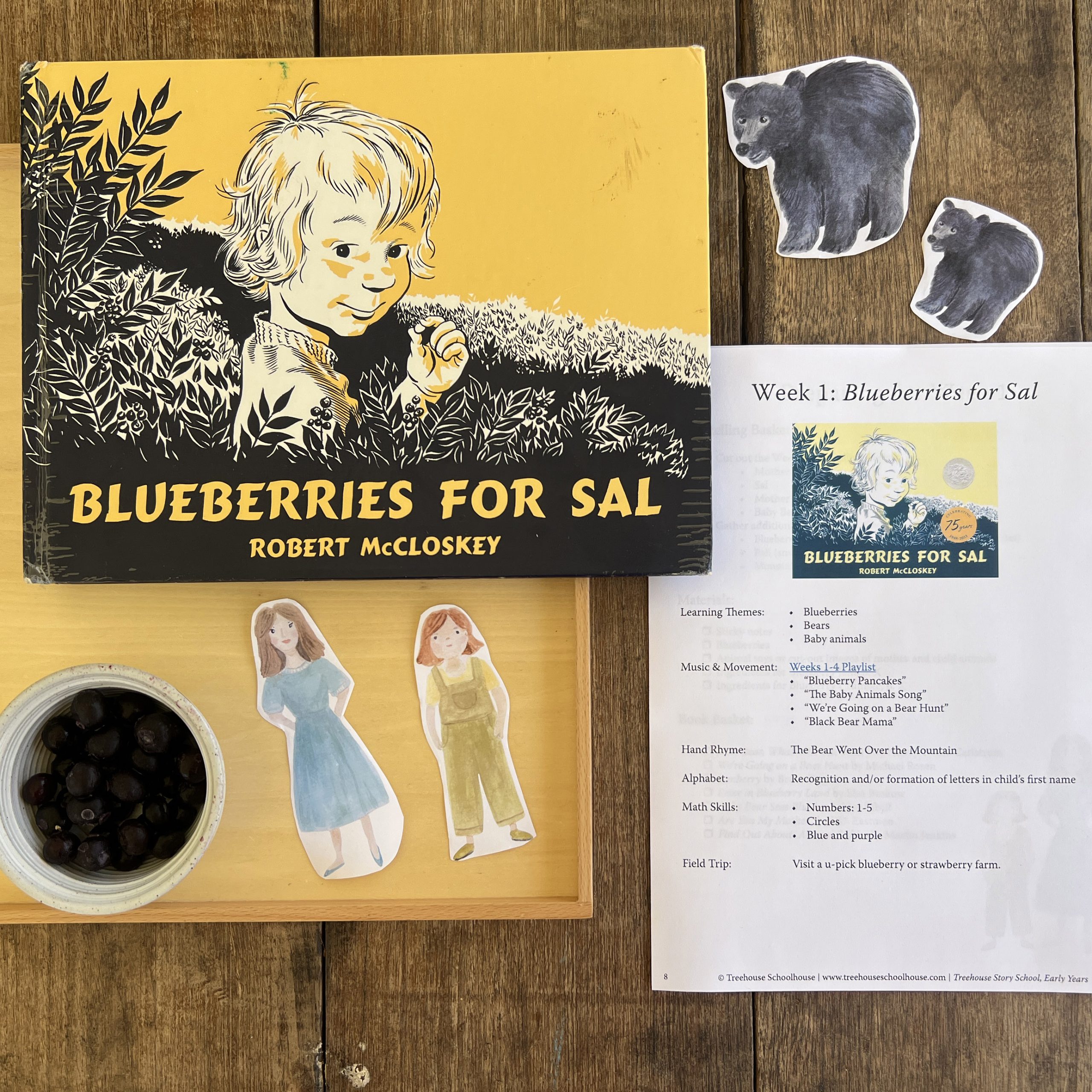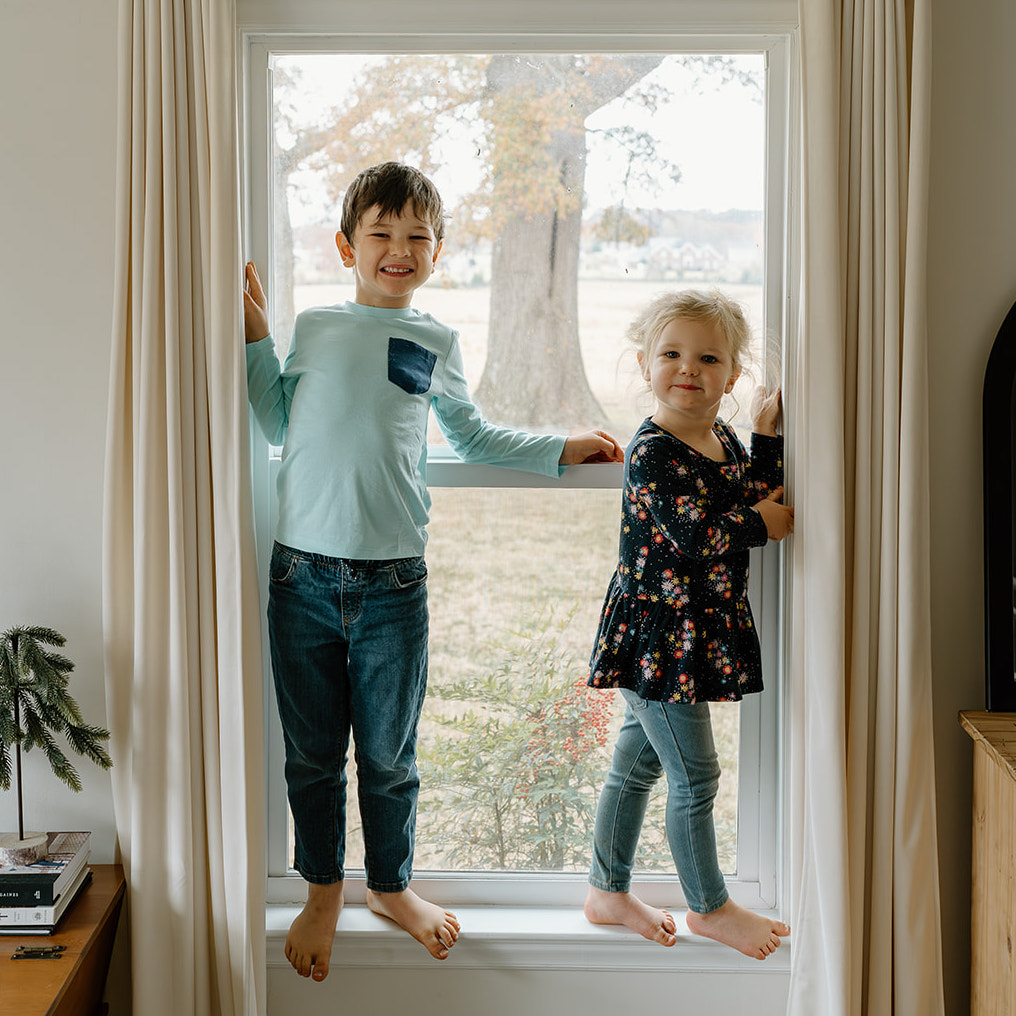OUR BACKGROUND
When my first child was born, he failed his newborn hearing screening. The test administrator acted very nonchalant about the results and said that failing is very common in babies born cesarean because the fluid doesn’t get naturally squeezed out through the birth canal. We brought our son home, and everything seemed normal in regards to his hearing. Titus woke up to loud noises, turned his head to sound, and was comforted by my voice. He loved being sang to and got startled if something was too loud. The follow-up hearing screening a few weeks later was a huge ordeal. The baby had to be completely still for two hours during the test, and if there was too much movement, then the entire test would be considered a fail.Titus failed that screening as well, but once again they said it was likely due to the fluid from birth or because he moved too much. The doctors suggested that we take him to an ENT. Month after month, appointment after appointment, back and forth from the audiologist to the ENT, we got no clear answers. We ended up dropping it because Titus was responding to sound and we were tired of the dead-end appointments.
Fast forward to when Titus was 18 months old. He babbled and responded to noise like every other child his age, but we started noticing that he would hold toys that made noise up to one ear. We wondered if there was fluid in just one ear or an ear infection, so we went back to the ENT. Another four months of appointments back and forth, we finally got answers when Titus was 22 months old. He was diagnosed with sensorineural moderate bilateral hearing loss. In a nutshell, this means that there is a disconnect between the sound that comes into his ears and his brain. I was shocked. The reason he responded to sound is because he does not have complete hearing loss. Without amplification (hearing aids) he is unable to hear all the pitches of all the speech sounds, and in turn not given the ability to speak correctly.
When Titus was 18 months old and we were going to all these appointments, I had also just delivered my second baby, Josie Mae. She also failed her newborn hearing screening. We were told the same thing as we did with Titus at the hospital, but this time around we were much more aggressive. I was recovering from a second cesarean, managing a newborn and a toddler, and dragging my children to weekly appointments to figure out what was going on; it was the craziest season of my life. Thankfully, Josie had no signs of fluid and was a better sleeper than Titus during the retest. As a result, we were able to get her diagnosis early on. She was diagnosed with a slightly more mild loss than Titus. When we got her diagnosis I was shocked once again. Neither my husband nor I have any history of hearing loss in our family, nor did I personally know one person with hearing aids. Now I was being told that both of my babies needed hearing aids and that it was very likely that any future children we planned on having would have hearing loss too.
Since Titus didn’t get his hearing aids until he was just over two years old, and up until that point he was unable to hear all of the speech sounds, he had zero words until the week he got his hearing aids. In that first week he said three words! We couldn’t believe it. Since then he has caught up a lot, but he is still behind his peers in both receptive and expressive language. Along with going to an auditory-verbal therapist weekly, we work very hard to encourage his language at home, which is a huge focus of our homeschooling. I have learned so much sitting under some of the best therapists, devouring blogs and books, and learning from experience with my son. These tips are great to boost any toddler’s language, but especially for those struggling with speech delay.
1. SLOW DOWN
In our culture, we are so used to living, thinking, and talking fast-paced. If we have a desire for something, we want it met instantly. Even though the toys, entertainment, and calendars in our culture are go-go-go, that doesn’t mean that our children’s brains have the ability to be. So slow down. Talk slowly to your child about everything you or they are doing and seeing. It’s ok that they don’t understand yet, just keep talking. Get down on their level and look at their face. Encourage them to look at yours. Bring the item you are talking about up to your face when you say what it is. This encourages them to look at your mouth pronouncing the word. Pause and wait for them to respond, in whatever way they know how, instead of speaking for them and rushing to the next thing.

2. PLAY
This seems obvious, but sadly, unless we are intentional, we can look back on a day or a week and realize we didn’t play WITH our children. Sure, they were kept busy, but we didn’t actually get down on the floor and make the cow say “moo” as we walked it into the barn or the train go “choo-choo” around the tracks. How else will they learn? Assign speech sounds to toys and consistently play with your child using them. For example, we said “ahhhh” for airplanes in our house so Titus could work on that sound. He just thought we’re playing, but there was a method behind it. Tell your child over and over what they’re doing as they do it. It seems unnatural, but that is how they will be introduced to new vocabulary. Model something with a word attached to it and encourage your child to follow suite. For example, when playing with blocks, go sit beside your child and say “I see you stacking the blocks up high. Up, up, up go the blocks” Say the word “up” every time you put a new block on the tower, then hand one to your child and say “up” as he stacks it on. See if he will continue the pattern.
3. SING, SING, SING
Start with simple songs about things that interest your child. Sing them everyday, multiple times a day and do hand motions if they have some. If they don’t, make some up. Some of our favorites when they were really little were “The Wheels on the Bus”, “Five Little Monkeys”, and “If You’re Happy and You Know It”. Once you can tell your child recognizes the song when you sing it, pause at different points of the song and look at your child, encouraging them to fill in the blank. Make up songs about things they do everyday, like getting into their highchair, washing their hands, or waking up in the morning. We have a song about eating mac-and-cheese and it was during that song that Titus mastered the “ch” sound for the first time.

4. CLEAR OUT DISTRACTIONS
Our homes can be so noisy – the random toy going off in the bedroom, the dishwasher running, and the tv on in the other room. Hearing and speaking go hand-in-hand, so help your child by clearing out the noise. They need to hear you clearly to understand you and to develop their speech properly. Go more natural with open-ended toys or at the least, take all the batteries out of their toys to encourage them to be the ones making the noises. You want to hear your child’s voice making the firetruck siren, not the plastic toy making it for them. Here is my list of must-have open ended toys.

5. READ, AND THEN READ SOME MORE.
You knew I couldn’t write a post on this topic without including reading. Find books on topics your child is interested in. Make good use of your local library. Go to weekly storytime and come home with loads of books. Keep books available in every room of the house for your child to easily access. Say yes to one more story! We have a designated reading chair that can fit one adult and both kids. I try to be mindful to read to them, fully focused and in a quiet environment, multiple times a day, every single day. Pause when you read to allow for questions and discussion if your child is speaking. Even if they aren’t, ask questions and discuss aloud thoughts about the story to your child. It is amazing to see the language structures and vocabulary that kids pick up on just by being read to.
All of the tips shared have one thing in common: a parent’s presence. I have seen so much growth just by slowing down, quieting our space, and intentionally engaging our children. I would love to hear what other strategies you have used in your homes for language development.

![Creating a Daily Preschool Schedule [Quiz and Schedule PDF]](https://storage.googleapis.com/treehouse-schoolhouse-media-dev/0c19c1c0-gtb2408.jpg)

